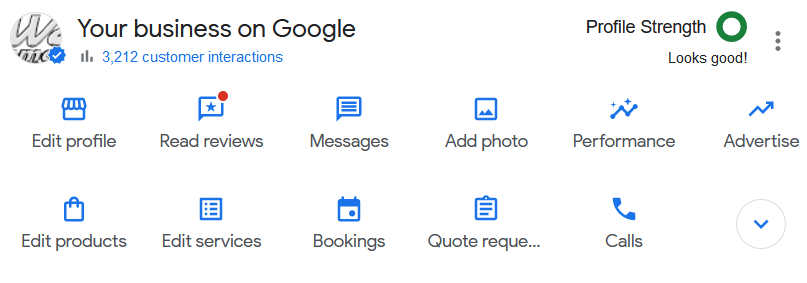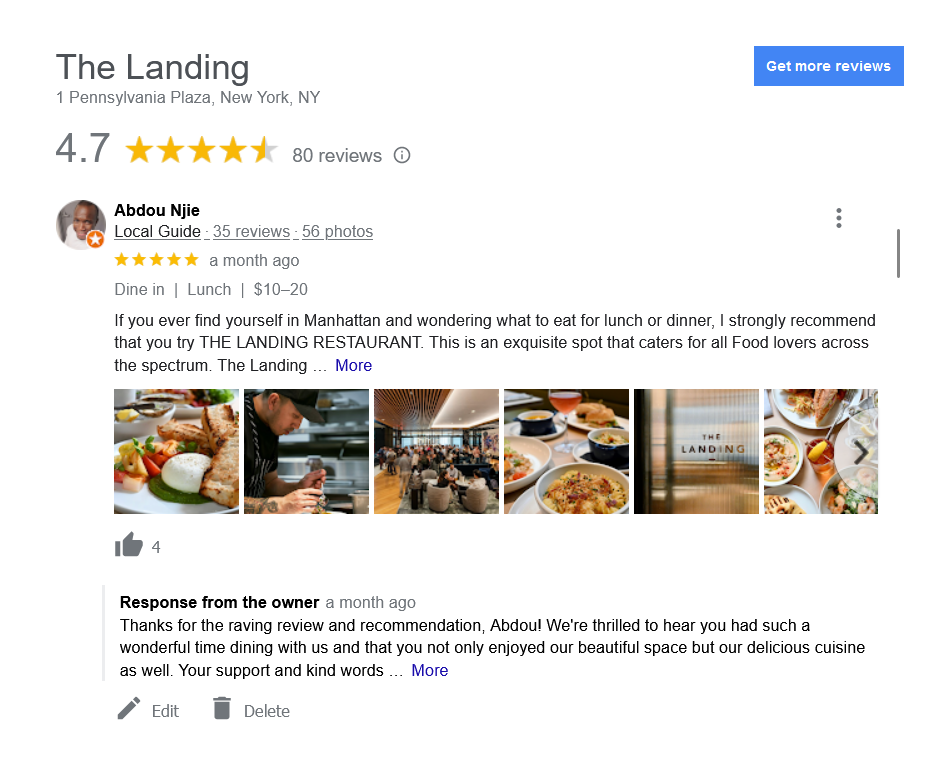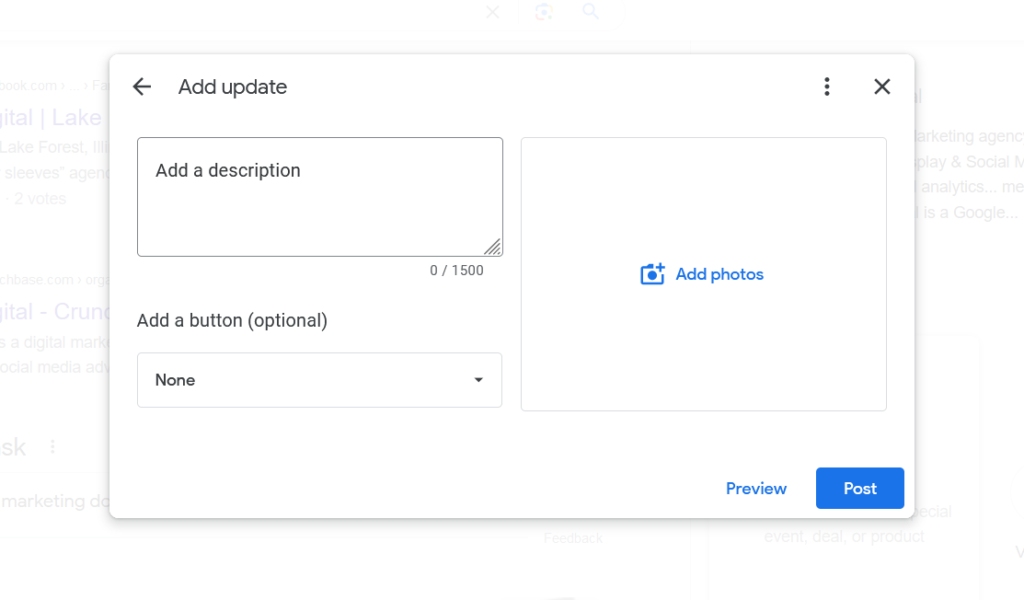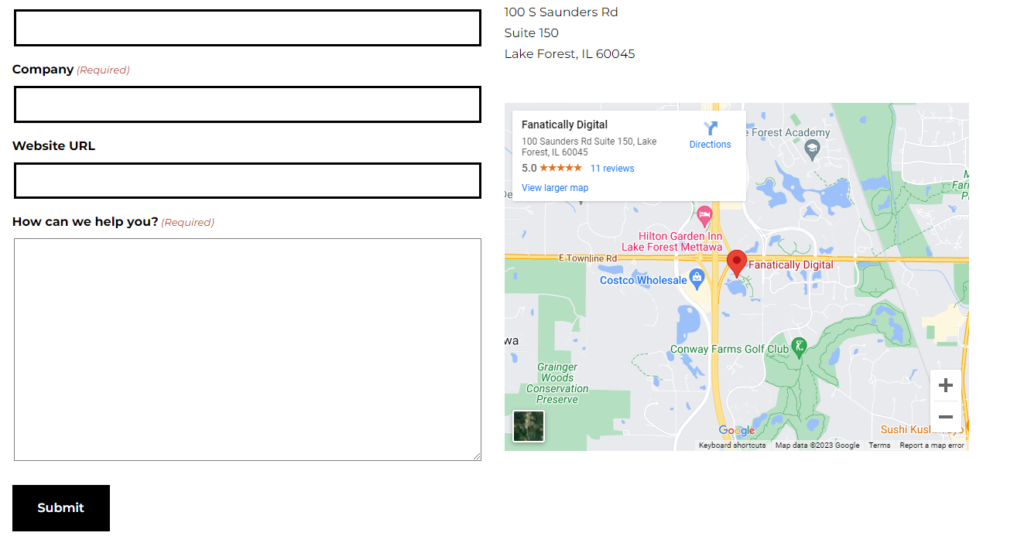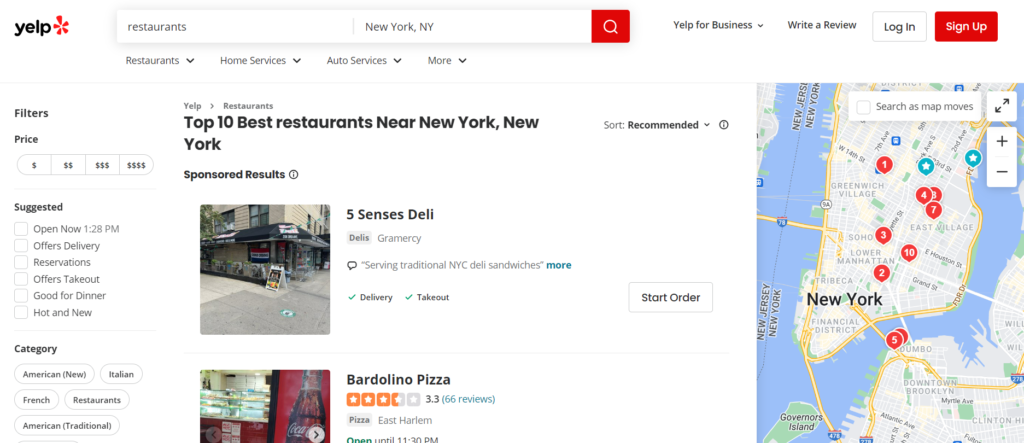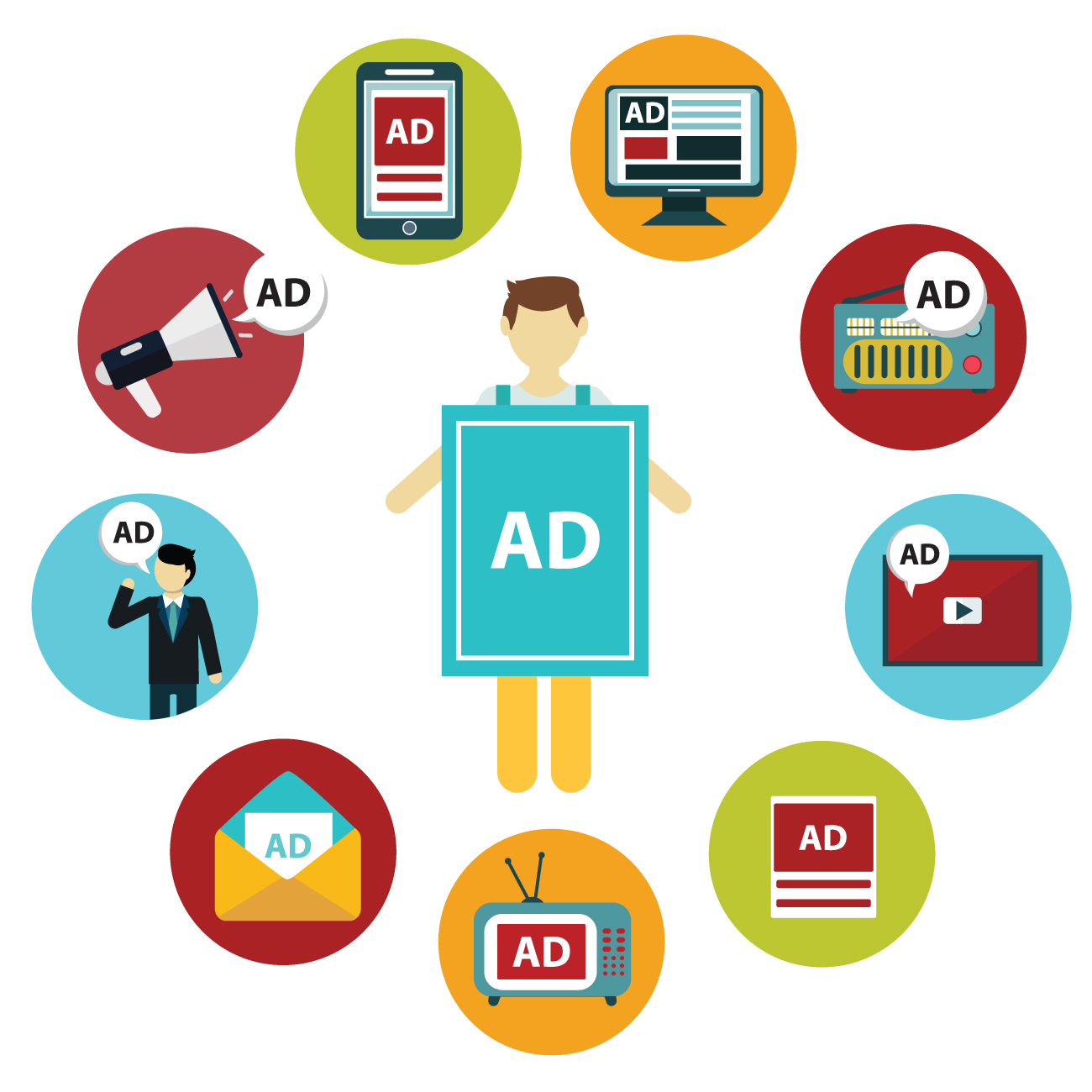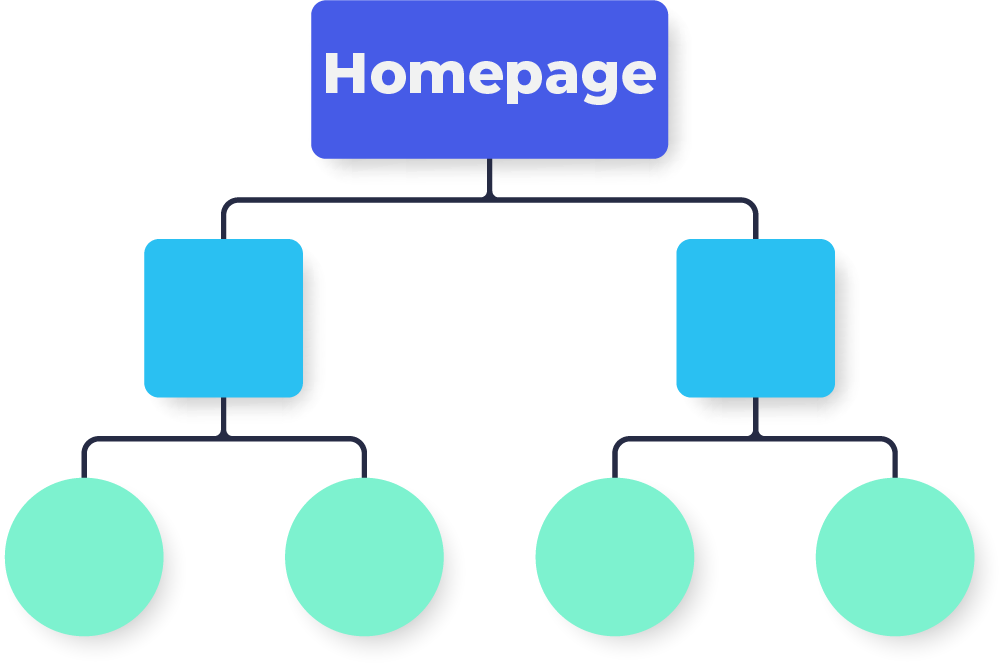Google Ads Update: Search Themes in Performance Max Campaigns
Google has made the announcement that advertisers are now able to input Search Themes into Performance Max Campaigns to help drive relevant traffic to their ads. What will this look like, how to best use search terms, and how will it differ from the existing Performance Max Campaigns set up? Let’s start by understanding what Performance Max Campaigns are.
What are Performance Max Campaigns
Performance Max Campaigns were introduced back in October 2020, as a way for advertisers to utilize all of Google’s available channels in one campaign. Google will deliver ads across channels like youtube, Display, Search, Discover, Gmail, and Maps, based on the advertising goal indicated by the advertiser.
In Performance Max Campaigns advertisers are able to input a handful of data, such as budget, conversion metrics, assets, and audience signals. Based on these inputs Google uses its AI capabilities to determine how to serve ads to consumers. Thus, what assets are paired together, what channels ads are appearing on, bidding, and budget optimization are in the hands of Google AI.
Google’s Push Towards AI
The past few years there has been a push in AI advancements and a lot of discussion regarding best practices. AI can now not only write generic copy but it can write full scenes based on TV shows that sound like they came straight from the writers room. AI can now even take your photo and turn your frown into a smile. These advances and utilizations of AI are all around us and Google is no different.
Performance Max Campaigns are AI based. Not only are they able to optimize based on advertisers inputs but they can even create image, video and copy assets if advertisers choose to. That being said, even though Google is really pushing its AI abilities, automatic asset creation is still optional for advertisers.
AI has not come without controversy. Can writers use AI to help create copy? Can AI use published material online to come up with new content? Is AI going to cut out peoples jobs or make them easier?
How does this all relate to Google Ads’ AI? Well, there are advertisers who love it and others who have raised questions. Some advertisers are shop owners who don’t have the time or energy to invest in research, marketing strategy, ad creation and optimization, so being able to plug in limited data and let google handle the rest is a great option.
Other advertisers prefer a more hands on approach and want to be able to have control over their ads. Does google actually know best?
Over the past few years the majority of updates in Google ads have been AI focused and in many ways limiting the control advertisers have over their ads. However, the latest update indicates google is listening to this critic and is hopefully moving forward with updates that allow advertisers to use more of their expertise in ad management.
The New Implementation of Search Themes
Google is now allowing advertisers to utilize their expertise by adding Search Themes to their Performance Max Campaigns.
“Now with the search themes beta, you can fill in gaps by adding information about your business that you expect to perform well. By combining your expertise with Google AI you’ll be able to expand your reach on all channels, including Search. “ Brandon Ervin and Tal Akabas, Directors of Product Management, Google Ads
How do Search Themes Work
Advertisers will be allowed to add up to 25 themes for Google to use in a Performance Max Campaign. These themes will adhere to negative keyword lists and brand exclusions set by the advertiser. It’s important to keep in mind that these are themes not keywords and you can only use 25 of them so keep them broad. For instance “dog supplies” and “puppy supplies” will probably bring in the same results.
We are happy to report that advertisers will also have access to some Search Theme data. Advertisers will be able to view the search categories their ads showed for as well as conversion performance under the search terms insights.
When To Use Search Themes
So, how should advertisers best use Search Themes in their Performance Max Campaigns? Well start by thinking about where there might be holes in Google’s AI in terms of your business.
Google uses your landing pages and pre-existing data to help determine ad placement and target audience, so let’s start there.
- If your website doesn’t have a lot of content on certain products or services that you provide and want to advertise, that is the perfect place to start when it comes to thinking of good search themes. For instance, if you run a spa that provides massages and facials but you don’t have a lot of content on yoursite about facial services, this could be where your search themes help fill in the gaps.
- Google Performance Max Campaigns also don’t have data on new markets that your company is branching into. If you are a baseball equipment supplier who is starting to sell softball gear, adding softball themes to your campaigns would probably be a good move so that Google knows that this is also an important part of your business even if it’s new.
- If you have a big sale coming up or a product you want to push for the holidays, adding these as themes can help guide Google for the time the promotion is going.
- You simply know your audience. You know what they are searching for and how they are searching for it. Add those search themes in to help guide Google, so you can have more data and insight on what terms are successful for your brand.
Looking Forward
Google has evolved exponentially in the past ten years. Even in the past five years. The look, the capabilities, the controls, are all vastly different and much of that is because of Google’s push for not only advancement but also its push of AI. While some advertisers have loved this movement others have noted red flags.
Hopefully this latest update will help some of those in the latter camp. This is the first step in a while where we see Google give advertisers more control over their ads as well as more conversion data. Google is also noted as saying “improved search terms insights and guidance around search themes“ can be expected in early 2024. This indicated Google is listening to its users and is making moves to help restore insights and input resources for Advertisers.


